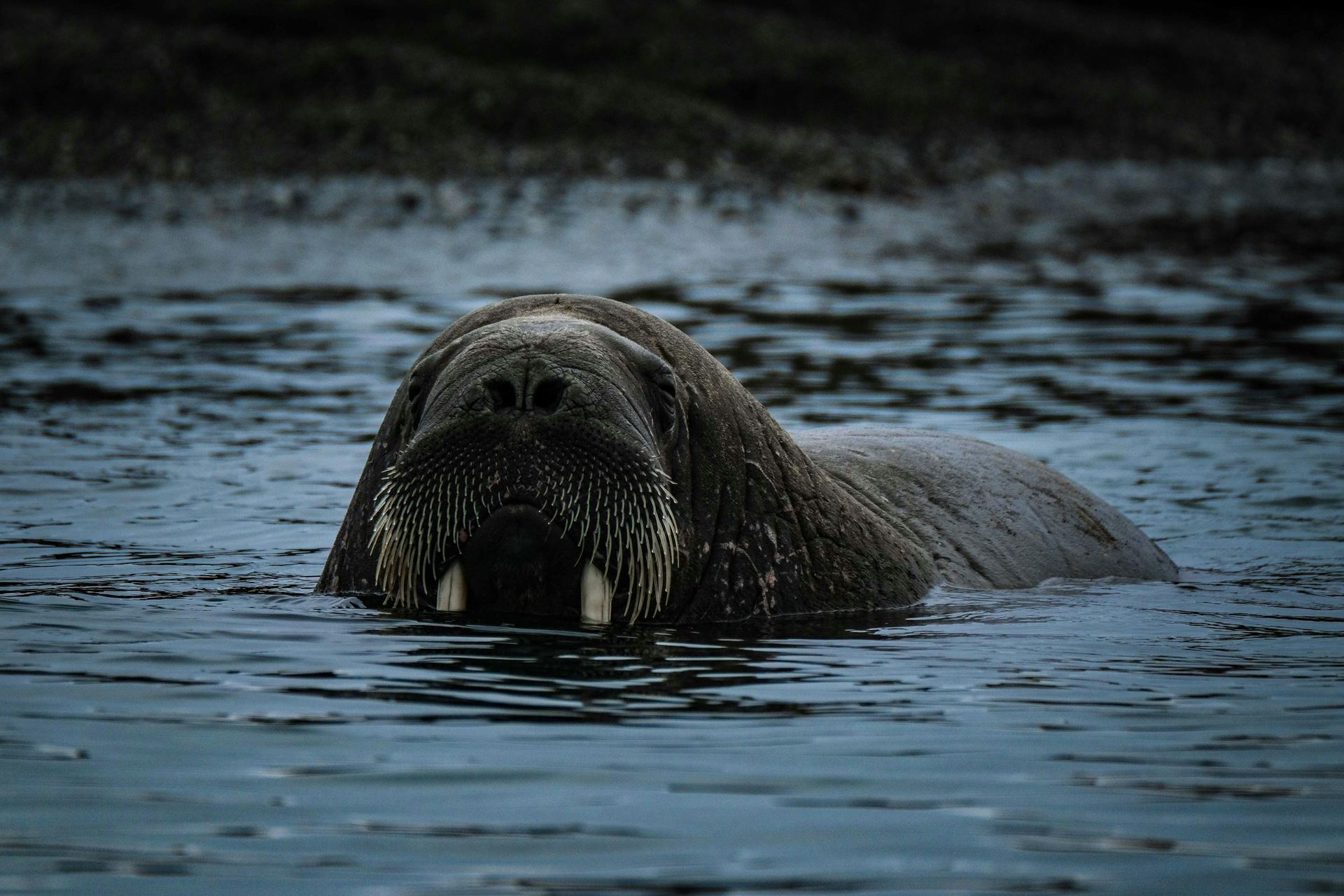Scientists at Work in Svalbard's Harshest Environments
This is a subtitle for your new post

Svalbard is more than a remote destination for travelers chasing Northern Lights or polar bears—it’s a global outpost for cutting-edge research on climate, geology, biology, and atmospheric science. With its extreme isolation, pristine ecosystems, and rapidly changing environment, Svalbard provides scientists with a living laboratory like no other. Across this Arctic archipelago, especially in places like Ny-Ålesund and the remote glaciers beyond Longyearbyen, international research teams work year-round in conditions that test both endurance and innovation.
One of the key draws for researchers is Svalbard’s proximity to the North Pole and its untouched terrain. Few places on Earth offer such clear records of environmental history: ice cores, permafrost layers, and glacial sediments provide critical data for understanding past climates and predicting future trends. Scientists from all over the world come to study these natural archives—often in teams composed of glaciologists, geologists, and climatologists working together under the midnight sun or in the deep Polar Night.
Ny-Ålesund, the northernmost civilian settlement on Earth, serves as one of the most important research hubs. Formerly a coal mining town, it’s now home to stations operated by countries including Norway, Germany, France, China, and South Korea. The town is completely dedicated to science, with strict environmental protocols in place to preserve the integrity of the data being collected. Flights in and out are limited, and even noise levels are regulated to minimize interference with wildlife and sensitive instruments.
Research in Svalbard is often physically demanding. Fieldwork can involve traveling by snowmobile across crevassed glaciers, enduring temperatures below -30°C, and navigating sea ice via Zodiac boats. Equipment must be carried, maintained, and protected from freezing, while scientists must be trained in Arctic survival skills, including polar bear safety. Many expeditions include armed guides for protection, especially in more remote regions.
Some of the most critical climate change data comes from Svalbard. Researchers track the retreat of glaciers, the thawing of permafrost, and changes in Arctic flora and fauna. Oceanographers monitor sea ice levels and salinity changes, while atmospheric scientists observe the movement of greenhouse gases. What they find in Svalbard often influences global climate models and policy discussions far beyond the Arctic Circle.
Biologists are also active in Svalbard, studying everything from reindeer migration to seabird nesting behavior. The archipelago’s location makes it a sensitive indicator of ecological shifts. Changes in sea temperature affect plankton levels, which ripple up through the food chain to impact polar bears and Arctic foxes. With species like the ivory gull and ringed seal under increasing pressure, Svalbard has become essential to conservation science.
Not all research in Svalbard focuses on the environment. The Svalbard Global Seed Vault, located near Longyearbyen, houses more than a million seed samples from nearly every country on Earth. This facility, often called the "Doomsday Vault," was built deep inside a mountain to protect the world’s crop diversity in the face of war, climate change, or natural disaster. It’s one of the most secure and symbolic projects in the entire Arctic.
Life as a scientist in Svalbard is defined by isolation, cooperation, and resilience. Teams often live together in small research cabins, sharing responsibilities from cooking to equipment maintenance. Communication with the outside world can be limited, especially during storms or in deep valleys where satellites lose signal. Yet there is a strong sense of purpose and camaraderie among researchers—a recognition that the work they do matters on a planetary scale.
For travelers, knowing this scientific heartbeat adds another layer to the experience of visiting Svalbard. It’s not just a place of beauty and adventure, but a critical site of knowledge where the future of the planet is being studied in real time. Whether watching a glacier calve or spotting a tagged Arctic tern, visitors are never far from the invisible web of research quietly unfolding all around them.











